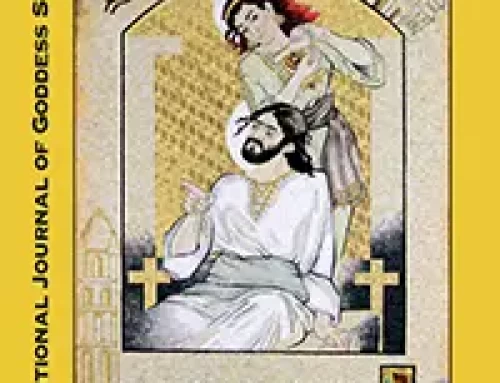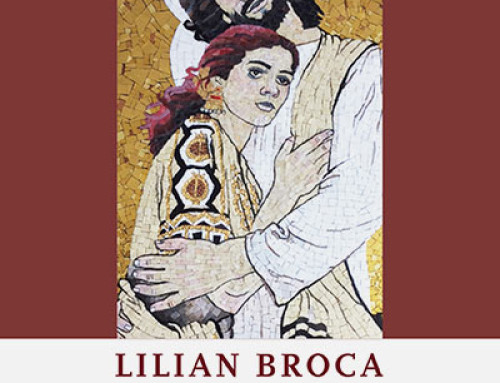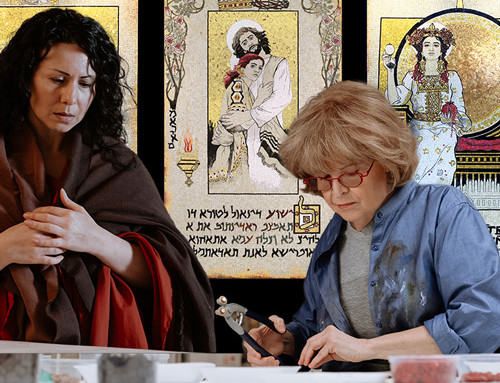Jewish Independent
JUNE 24 2022
By CYNTHIA RAMSAY
Lilian Broca’s artistic canon includes four series on biblical women. The latest, Mary Magdalene Resurrected, is at Il Museo at the Italian Cultural Centre until Aug. 15.
“Each series is an interpretation of a different concern,” Broca told the Independent. “Lilith is the rebel signifying hope for human courage and gender equality. Queen Esther, also courageous and wise, her story addressing the theme of sacrifice and self-empowerment, is actively involved in politics; in her time, known as an almost exclusive masculine realm. Judith, a warrior at heart who single-handedly saves her town from total annihilation, speaks of female effectiveness in the military world – a masculine tradition that she breaks, proving women don’t necessarily excel only in the domestic sphere.
“Unlike Esther and Judith, both actively involved in the masculine domain, Mariam [Mary] is a much more complex figure,” said Broca. “Her story has beengreatly redacted in the first couple of centuries CE, leaving us various versions, which offer divergent perspectives of her importance and placement in the life of Yeshua Ben Yosef [Jesus]. One of the concerns in this series is about women’s place, or lack thereof, in institutions – which even in our 21st century – are restrictively based on gender.”
While it may seem odd that Mary Magdalene is included in Broca’s body of work, she reminded theIndependent that Mary was “also Jewish until she died, as Christianity did not appear as such until the Edict of Milan in 313 CE and, universally, only at the Council of Nicea in 325 CE.”






